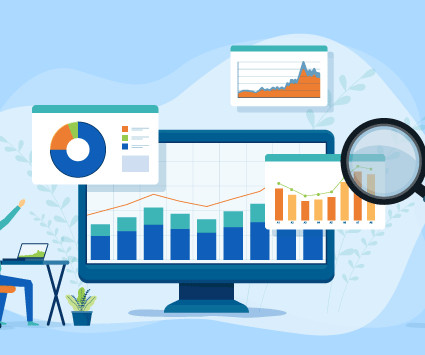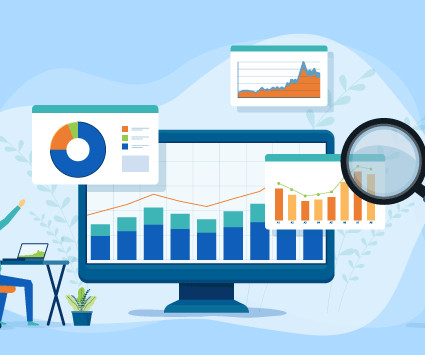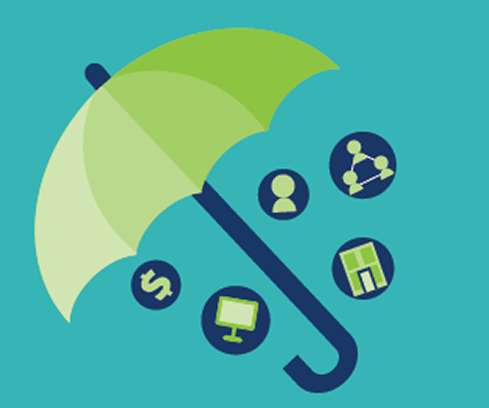The Importance of Risk Analytics
LogisManager
DECEMBER 5, 2023
Utilizing risk management analytics, organizations can precisely measure risk exposures and implement strategies to mitigate them, ensuring a robust risk management framework. The RMM not only assesses ERM program maturity but also highlights gaps in risk coverage, providing actionable insights and benchmarking against industry standards.















Let's personalize your content